Essential Guide to Choosing the Right Spill Tray for Chemicals: Protecting Your Workspace and the Environment
In today’s industrial landscape, the importance of properly managing hazardous materials cannot be overstated. According to a report by the Environmental Protection Agency (EPA), improper handling of chemicals results in thousands of environmental violations each year, costing businesses millions in fines and cleanup efforts. A critical component of any effective chemical safety strategy is the use of a spill tray for chemicals, which serves not only to protect the workspace but also to mitigate environmental impacts. With regulations tightening and the push for greener practices increasing, selecting the right spill tray has become essential. Understanding the material compatibility, size, and spill capacity is vital for compliance and safety, as highlighted by the National Safety Council's findings on workplace incidents related to chemical spills. By making informed choices about spill trays, businesses can safeguard their operations, protect their employees, and promote environmental responsibility.
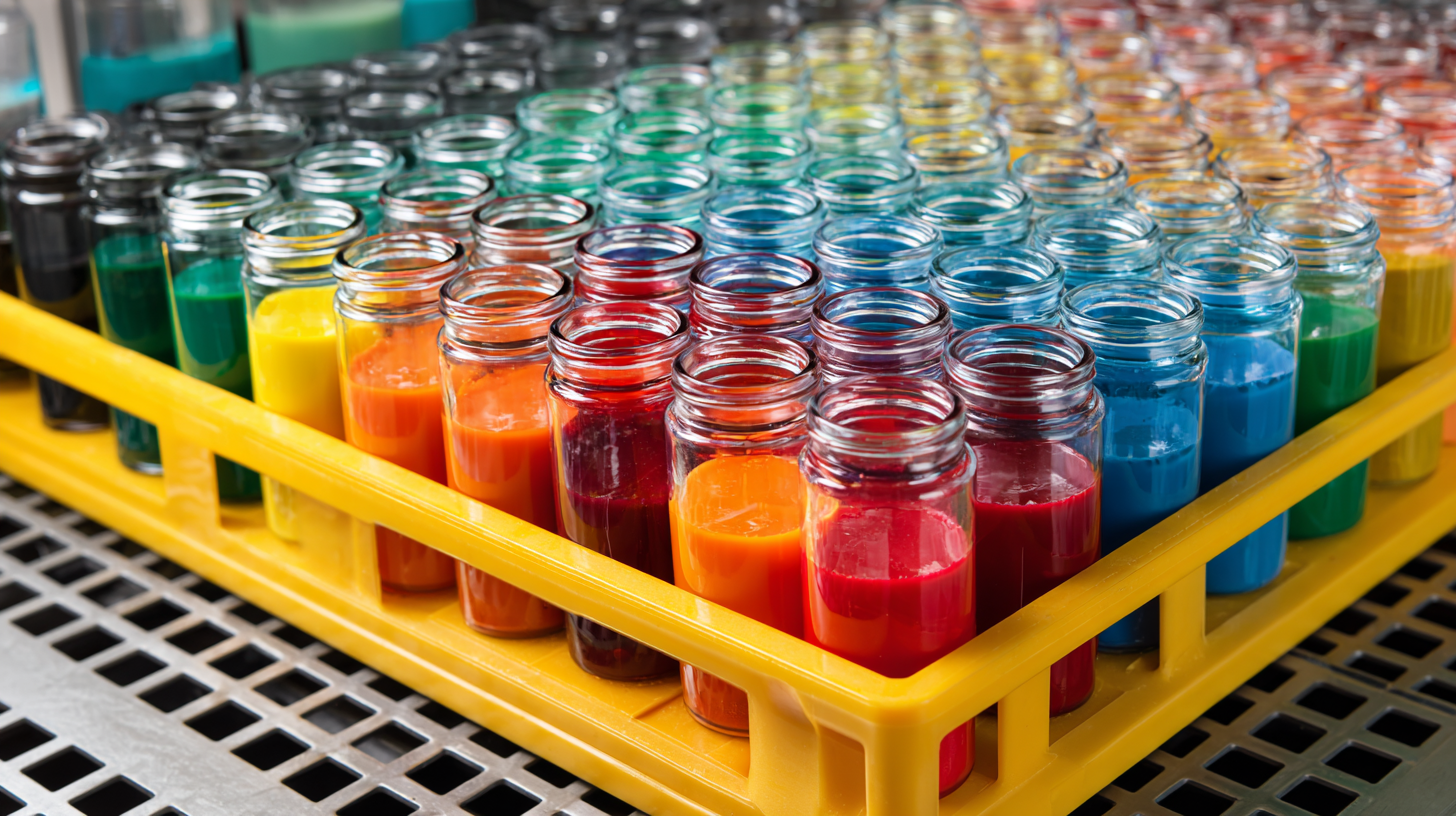
Choosing the Right Material for Your Chemical Spill Tray: Top Considerations
When selecting a chemical spill tray, the choice of material is crucial for ensuring effective containment and protection of both your workspace and the environment. One of the top considerations is the chemical compatibility of the tray material. For instance, polyethylene and polypropylene are commonly used for their resistance to a wide range of acids and bases, making them ideal for handling hazardous substances. On the other hand, stainless steel offers durability and is well-suited for harsher chemicals, but it can be more costly. Understanding the specific chemicals you will be using helps in selecting a material that will not degrade, ensuring longevity and safety.
Another important factor is the tray's design and size, which should align with the materials being stored or used. A properly sized spill tray not only contains spills effectively but also supports ergonomics in the workspace. Additionally, consider whether the tray needs to be portable or fixed in place, as this may influence your material choice. Some materials are lighter and easier to move, while others might be designed for stationary setups. By evaluating these considerations, you can select a spill tray that not only meets regulatory requirements but also ensures the safety and efficiency of your operations.
Essential Guide to Choosing the Right Spill Tray for Chemicals
This chart illustrates the top material considerations when selecting a chemical spill tray. Each material's effectiveness, durability, and common use are analyzed based on industry standards.
Understanding Spill Tray Sizes: Finding the Perfect Fit for Your Workspace
When it comes to selecting the right spill tray for your workspace, understanding the sizes available is vital. The perfect fit not only enhances the safety of your environment but also promotes efficient use of space. Spill trays come in various dimensions, designed to accommodate different types of containers and machinery. Consider the size of the chemicals you handle and the layout of your workspace to choose a tray that effectively contains spills without compromising accessibility.
Tips for selecting the right spill tray: First, measure the maximum size of the containers you will use, ensuring the tray can hold them securely. Second, evaluate your workspace layout; a well-placed tray can prevent accidents and streamline your operations. Lastly, think about the potential volume of spills; selecting a tray with a larger capacity than what you typically encounter can provide extra protection and peace of mind.
In addition to functionality, spill trays can also contribute to a neater workspace. Just as a quality desk mat organizes your desk area, an appropriately sized spill tray keeps chemicals contained and your workspace orderly. Choosing the right tray not only protects your material but also showcases a commitment to maintaining a clean and safe environment.
Essential Guide to Choosing the Right Spill Tray for Chemicals
| Tray Size (L x W x H) | Capacity (Liters) | Material | Weight (kg) | Suitable for Chemicals |
|---|---|---|---|---|
| 60 cm x 40 cm x 15 cm | 50 | Polyethylene | 3.5 | Acids, Bases |
| 100 cm x 50 cm x 20 cm | 150 | Steel | 6.0 | Oils, Solvents |
| 80 cm x 40 cm x 10 cm | 70 | Polypropylene | 4.0 | Acids, Bases, Oils |
| 120 cm x 60 cm x 25 cm | 200 | Fiberglass | 7.5 | All Chemicals |
| 90 cm x 45 cm x 20 cm | 100 | Steel | 5.5 | Oils |
Key Features to Look for in Chemical Spill Trays: A Practical Checklist
When selecting the right chemical spill tray, there are several key features to consider that ensure both safety and compliance. First, assess the tray's material; it should be resistant to corrosion and compatible with the chemicals being stored. Look for high-density polyethylene or steel options that can withstand harsh substances without degrading. Additionally, a spill tray with UV resistance is ideal for outdoor usage, as it can prevent deterioration from prolonged sun exposure.
Another crucial aspect is the size and capacity of the spill tray. It should be able to accommodate the largest container you plan to use while offering enough secondary containment to handle potential spills. Furthermore, consider the design of the tray—features like raised edges help contain spills effectively, while built-in drainage systems can facilitate the cleanup process without requiring constant manual intervention.
Finally, ensuring that the spill tray meets regulatory standards will help protect your workspace as well as the environment, minimizing liability and promoting safe chemical handling practices.
Environmental Regulations: Why Compliance Matters When Selecting Spill Trays
When selecting spill trays for chemicals, understanding environmental regulations is crucial. Compliance with these regulations not only protects the workspace but also ensures the safety of the environment. Spill trays are essential for containing chemical leaks and spills, and using the right trays can help businesses avoid hefty fines. Regulations often dictate the minimum size and material requirements for spill containment, so it’s vital to stay informed about local and federal guidelines.

Tips for Compliance: First, always check the specific regulations that apply to your industry and location. Second, select spill trays that meet or exceed these requirements for capacity and chemical resistance. Lastly, consider implementing regular training for employees on spill management and the importance of using compliant equipment.
Using spill trays properly can also enhance workplace safety and reduce risks associated with hazardous materials. Beyond regulation compliance, businesses that prioritize environmental responsibility can improve their public image and foster trust with clients and stakeholders. By selecting the right spill trays, companies not only adhere to legal standards but also commit to sustainable practices that benefit the community.
Maintenance Tips for Chemical Spill Trays: Ensuring Longevity and Effectiveness
To ensure the longevity and effectiveness of chemical spill trays, regular maintenance is paramount. First, it's essential to clean the trays frequently to remove any residual chemicals or contaminants. Utilize appropriate cleaning agents that are compatible with the types of chemicals the tray is designed to contain. After cleaning, inspect for any signs of wear or damage such as cracks or corrosion, which could compromise the tray's integrity. Timely repairs or replacements can prevent small issues from escalating into larger problems that pose safety risks.
Additionally, organizing the storage environment plays a crucial role in maintaining spill trays. Ensure that trays are placed on level surfaces, and avoid stacking heavy materials on them that might cause deformation. Regularly check that the trays are positioned correctly, especially after moving them for cleaning or inspections. Training staff on proper handling and maintenance protocols can further enhance the effectiveness of spill trays, ensuring that everyone understands their importance in protecting the workspace and the environment. By prioritizing these maintenance practices, organizations can promote a culture of safety and responsibility regarding chemical handling.

Related Posts
-
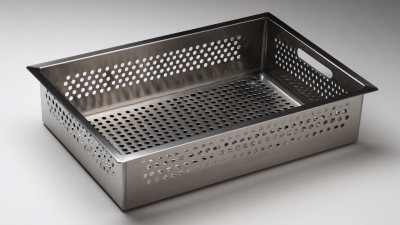
Exploring the Top Features of the Best Large Drain Pan for Global Buyers
-
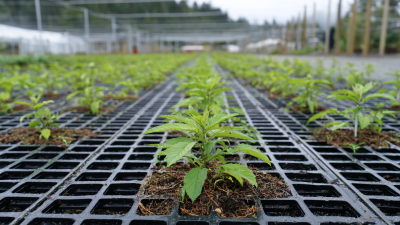
What is the Importance of Extra Large Plastic Drip Trays in Modern Agriculture
-

Innovative Chinese Manufacturing Elevates Global Sales of Top Thermoforming Vacuum Machines
-
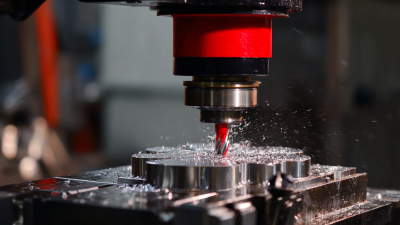
5 Reasons Why CNC Machine Tooling is Essential for Modern Manufacturing
-
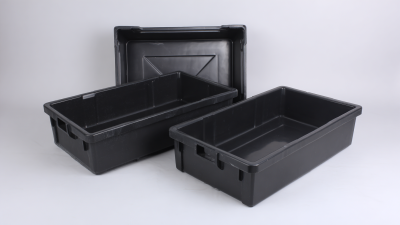
Unmatched Quality in Plastic Spill Trays from China Leading the Global Market
-
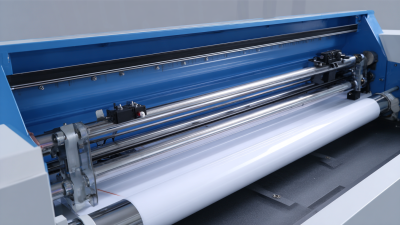
How to Choose the Best Vacuum Forming Machine for Your Business Needs